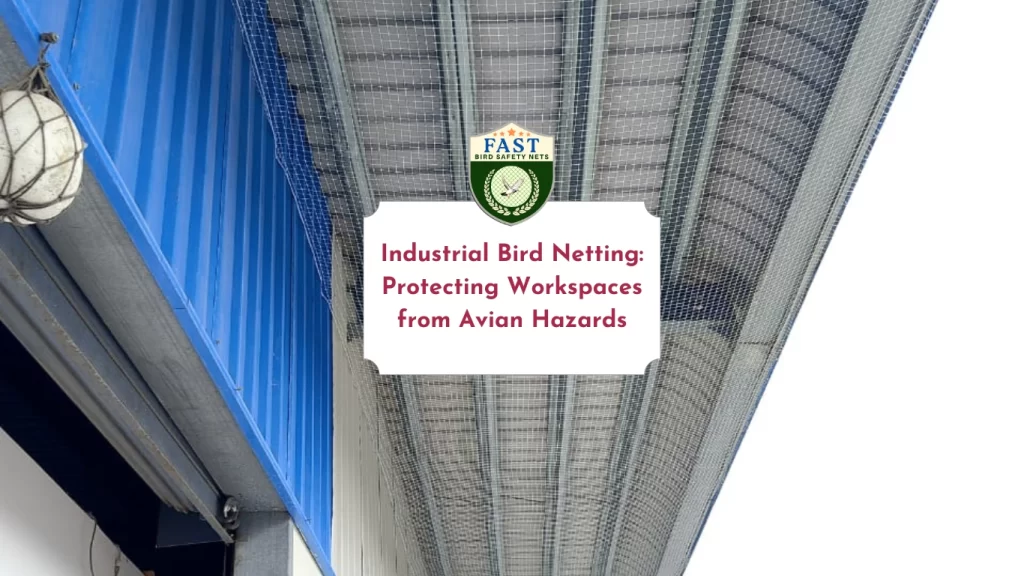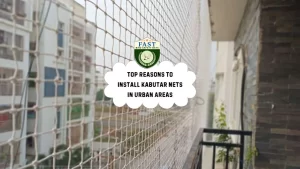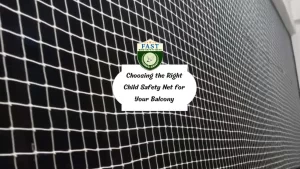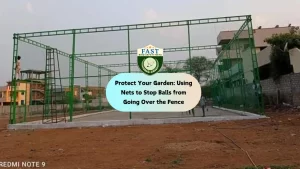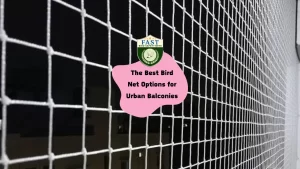Birds can pose significant hazards in industrial settings, from causing damage to equipment to creating safety risks for employees. Industrial bird netting provides an effective solution to mitigate these risks and protect workspaces. Here’s a comprehensive guide on the importance, types, and installation of industrial bird netting.
1. Understanding the Importance of Bird Control in Industrial Settings
Industrial facilities face unique challenges when it comes to bird control:
- Safety Risks: Birds nesting near machinery or equipment can pose safety hazards for workers.
- Damage to Property: Bird droppings can corrode metal surfaces, damage equipment, and contaminate products.
- Regulatory Compliance: Compliance with health and safety regulations requires measures to control bird populations.
- Productivity: Bird disturbances can disrupt workflow and productivity in industrial environments.
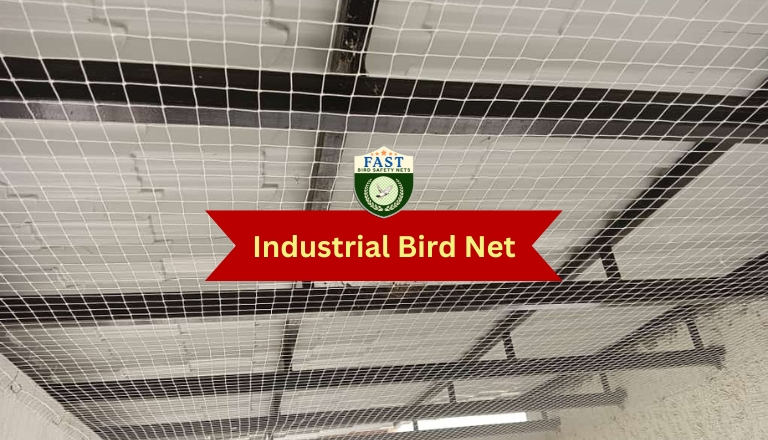
2. Types of Industrial Bird Netting
Various types of bird netting are available for industrial applications:
- Polyethylene Netting: Durable and weather-resistant, suitable for outdoor use in harsh environments.
- Nylon Netting: Lightweight and flexible, ideal for covering large areas or irregular shapes.
- Heavy-Duty Mesh: Strong and tear-resistant, suitable for high-impact areas such as loading docks or warehouses.
3. Assessing Industrial Bird Control Needs
Before selecting bird netting, assess the specific needs of your industrial facility:
- Risk Areas: Identify areas where birds pose the greatest risk, such as open doorways, ventilation systems, or outdoor storage areas.
- Bird Species: Determine the type and size of birds present in the area to select netting with appropriate mesh size and strength.
- Installation Challenges: Consider any obstacles or structural features that may affect the installation of bird netting.
4. Planning and Preparation
Proper planning is essential for a successful bird netting installation:
- Site Survey: Conduct a thorough survey of the facility to determine the scope of the project and identify installation points.
- Budget Considerations: Evaluate the cost of materials and installation labor to ensure the project fits within budget constraints.
- Safety Precautions: Implement safety measures to protect workers during installation, such as providing personal protective equipment (PPE) and securing ladders or scaffolding.
5. Installation Process
Follow these steps for installing industrial bird netting:
- Preparation: Clean and clear the installation area of debris, obstructions, and bird nests.
- Attachment Points: Install hooks, screws, or other attachment points at regular intervals along the perimeter of the area to be covered.
- Netting Installation: Unroll the netting and secure it to the attachment points using zip ties, clips, or ropes.
- Tensioning: Ensure the netting is taut and free of sagging to prevent birds from accessing the protected area.
- Finishing Touches: Trim any excess netting and secure edges to create a neat and professional finish.
6. Maintenance and Monitoring
Regular maintenance is essential to ensure the effectiveness of industrial bird netting:
- Inspection: Regularly inspect the netting for signs of damage, wear, or sagging.
- Cleaning: Remove debris, bird droppings, and nesting materials from the netting to prevent buildup and maintain visibility.
- Repairs: Repair any tears, holes, or loose sections of netting promptly to prevent birds from accessing protected areas.
7. Benefits of Industrial Bird Netting
Industrial bird netting offers numerous benefits for workplace safety and productivity:
- Risk Reduction: Minimize the risk of accidents and injuries caused by bird-related hazards.
- Property Protection: Protect equipment, machinery, and products from damage and contamination.
- Regulatory Compliance: Meet health and safety regulations and standards for bird control in industrial environments.
- Cost Savings: Prevent costly repairs and downtime associated with bird-related damage and disruptions.
Conclusion
Industrial netting is a vital component of bird control strategies in industrial settings, offering effective protection against avian hazards. By understanding the importance of bird control, selecting the right type of nets, and following proper installation and maintenance procedures, industrial facilities can create safer, more productive workspaces for employees while minimizing the risks associated with bird-related hazards.

